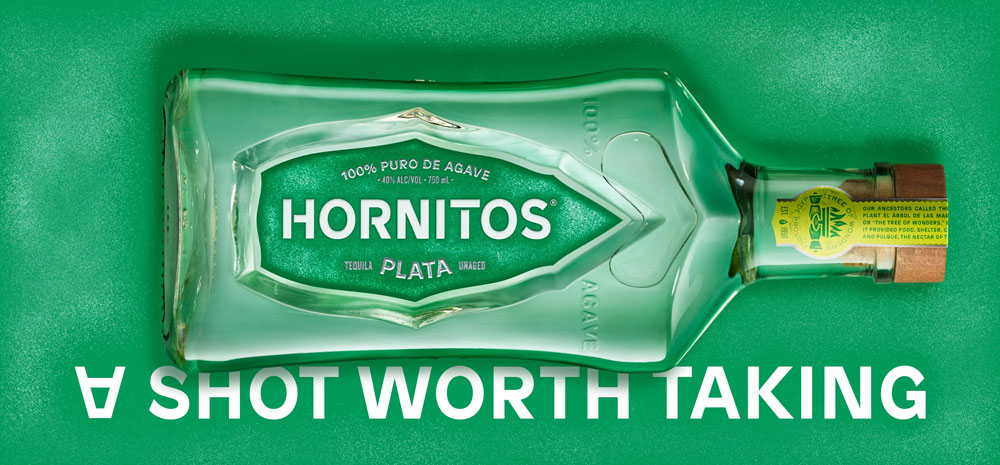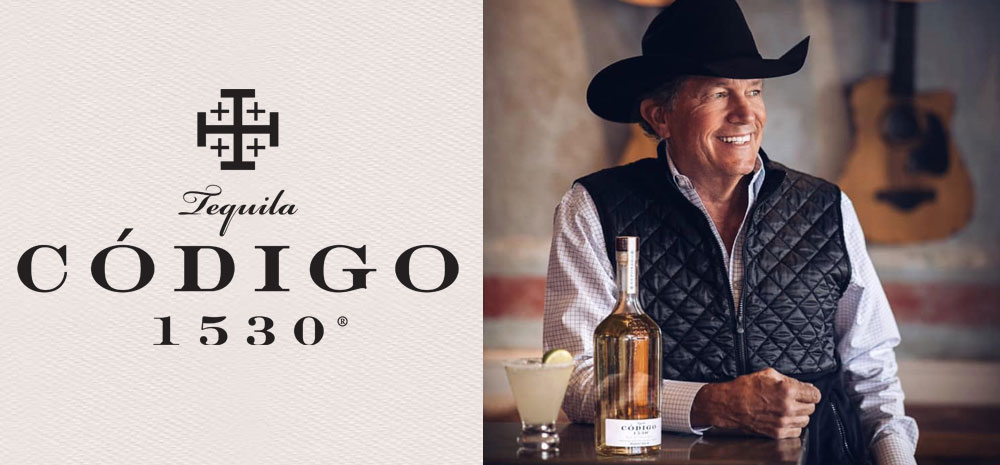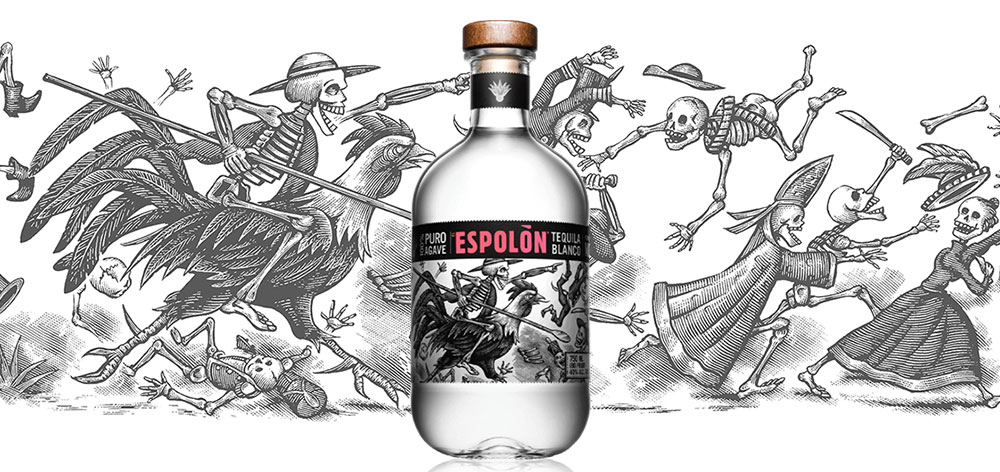TEQUILA / MEZCAL / SOTOL
Did you know? Mexico has the exclusive international right to “tequila.”
Mexican laws state that tequila can be produced only in the state of Jalisco and limited regions in the states of Guanajato, Michoacán, Nayarit, and Tamaulipas.
TEQUILA History / Production
Mexican tequila is the most civilized of three alcoholic drinks that come from the same plant: the agave . The agave takes eight to ten years to mature, the plant has a bulbous base and spiny, blue-green leaves that shoot out at all angles.
The juice of this plant specifically the blue variety, is used to make tequila. The agave is known variously as thecentury plant, maguery, mescal, and American aloe. A distant relative of the lily, not the cactus, there are more than 300 agave species. From its milky juice tequila and mescal are distilled, and from it also is pulque. Pulque is a fermented beverage of between 4% and 6% vol. alcohol. Pulque was known to Aztecs, and is now a popular drink in Mexico; it is usually drunk when freshly made.
Only the blue agave, cultivated primarily in the state of Jalisco because of its arid, volcanic soil, is used for tequila. When the root of the agave has grown to a diameter of some 25cm (10 inches), it is dug out and the spiky leaves are sliced off. The process is done by the Jimador’s with a machete-type knife. What is left after the harvest is a pina, the heart of the agave plant. A pina can weigh as much as 150 pounds each. It is full with a sweet sap called aguamiel (“honey water”). The pina’s are then cut into chunks and steam cooked in an autoclave. This process allows the aguamiel to run off. The juice the goes into large vats to ferment and is double distilled in pot stills, drawn off at 104 to 106 proof.
By Mexican law, a product must contain at least 51% blue agave to be called Tequila. There are products on the market that are 100 % blue agave and require government inspection to insure authenticity. These products cost more to produce.
There are four types or grades of tequila’s; Añejo (aged), Reposado (rested for six months to a year in oak barrels, Gold (aged in large oak vats) and Plata (silver/white-unaged).
Mezcal VS. Sotol
Mezcal (traditionally spelled mescal) is a Mexican distilled spirit that is made from the agave plant. Tequila is technically a mezcal, however, there are differences in production technique and in the types of agave used.
Sotol is a distilled spirit of Mexican origin sourced from Dasylirion texanum, Asparagaceae, and Dasylirion wheeleri, a plant that grows in northern Mexico, New Mexico, West Texas, and the Texas Hill Country. Sotol liquor is a Mexican drink that is known as the state drink of Chihuahua, Durango and Coahuila, and is also currently produced in Central Texas. However, Sotol has their own denomination and can only be produced in Chihuahua, Cuahuila and Durango.
Tequila Terminology
Aguamiel: Spanish word (meaning “honey water”) to describe the sweet, sap-like juice that is extracted from the pina of the agave plant. It is fermented for several days and then double-distilled to produce tequila, which is typically reduced from 110 proof to 80 proof before bottling.
Añejo: Literally translated, this means “aged” tequila. For a product to be called anejo, it must have been aged for at least one year. Usually, this aging is carried out in smaller oak casks, like those used for bourbon. Anejos are usually aged between three and seven years.
Gold/Oro: Tequila aged in large oak vats. The products gains some color due to contact with the oak, but often caramel coloring are added as well, depending on the producer.
Gusano: The worm which lives in the heart of agave plants. Mostly placed in mescal as a gimmick, the Gusano in not found in tequila.
Jalisco: The central Mexican state in which the town of Tequila is located and where the vast majority of the agave used for tequila is harvested and distilled. It is an officially demarcated region (like Cognac for brandy or Bordeaux for wine) where tequila is produced, located roughly 40 miles north of Guadalupe.
Jimador: Name for those who harvest agave plants using machete-type knifes.
Mezcal: The native Mexican word for the agave, “mezcal” is also used commercially to describe the lower grade distilled spirit made from agaves not of the blue variety.
Pina: The heart of the agave plant, which resembles a pineapple after its long, spiny leaves have been cut off. Harvested pina, which can weigh as much as 150 pounds each, are trimmed, cut in chunks and either steamed or compressed to extract the aguamiel, which is then fermented and distilled.
Plata: Literally translated as “silver,” refers to a white, or clear, unaged tequila.
Reposado: Another aging term, meaning “rested.” By definition, reposado tequilas have been rested in oak barrels for a period of six months to a year.
Tequilero: A master tequila maker.






